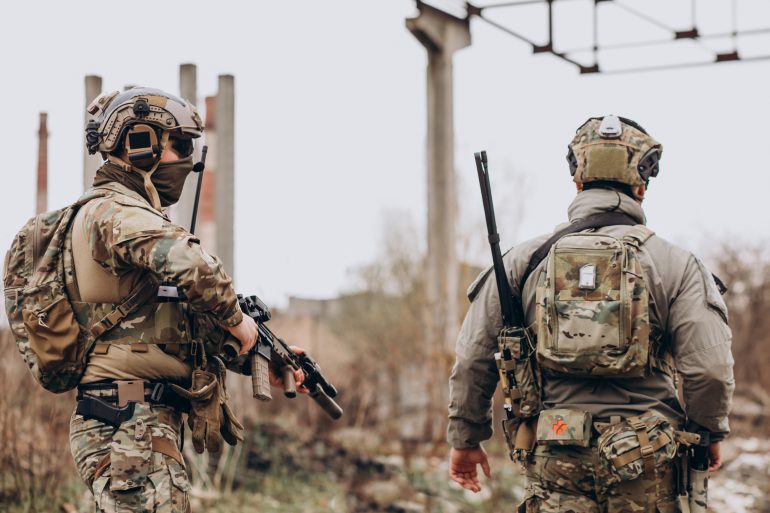Public confidence in the Czech Army has declined for the fourth year in a row, according to a January survey by STEM, the results of which were released to CTK yesterday. 62% of people now trust the army, the lowest since 2008.
Young people under 30 trust the army more, with 79% of respondents in this age group reporting confidence in the army. Young people are also more likely to support Czech membership of NATO, which it joined 25 years ago. Eight out of ten people in the generation under 30 support NATO membership, compared to seven out of ten in the general population.
STEM regularly surveys how much trust citizens have in various state institutions. In 2020, a record 78% of the population trusted the army and the police. Since then, trust in the police has fallen by 8 percentage points, and in the army by 16 percentage points.
“There may be more reasons for this decline and we intend to look into them further, but it is already clear that this does not appear to be a one-off oscillation, but rather a trend, as it is a continuous decline for the fourth year in a row,” said STEM Research Director Jaromir Mazak.
Young people are also less concerned about threats to the security of the Czech Republic. When asked whether the security of the country is currently threatened, half of young people responded yes, and the other half no. Across the population as a whole, 54% of respondents are concerned about security threats.
“It is evident that the fears of Czechs about external threats have been significantly strengthened by the beginning of the conflict in Ukraine,” Mazak said. “At the same time, the time series shows that these fears have far from ceased, as the proportion of people feeling threatened, which increased significantly after the outbreak of the conflict, has fallen only slightly over the past year and is far from returning to pre-war figures.”
In the autumn of 2020, less than 18 months before the Russian invasion of Ukraine began, about a third of respondents expressed concern about security threats.
The survey was conducted in the second half of January and involved 1,057 respondents.







